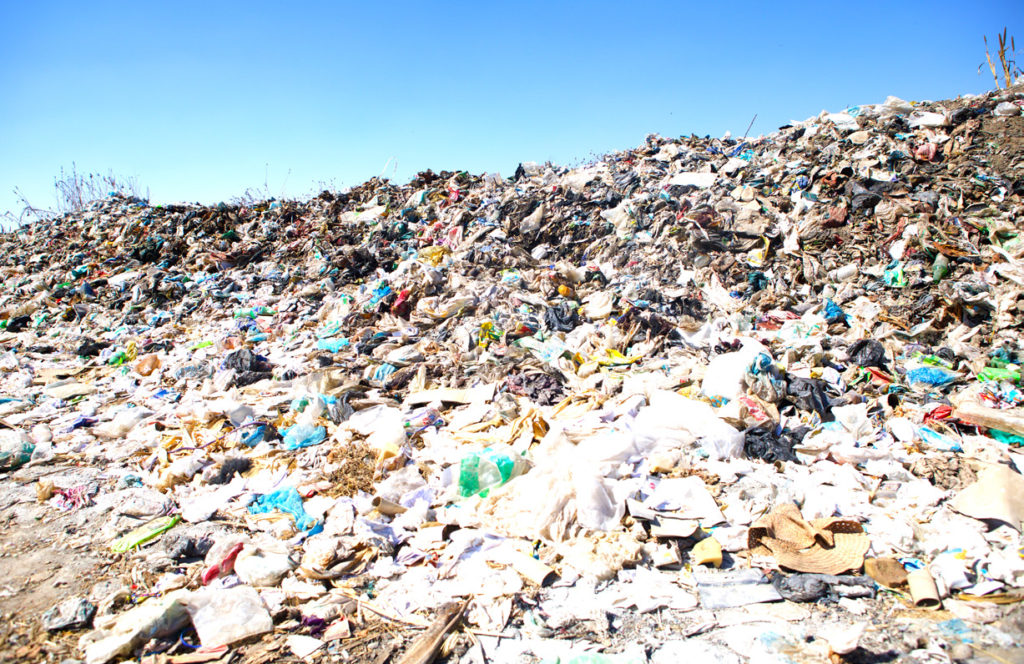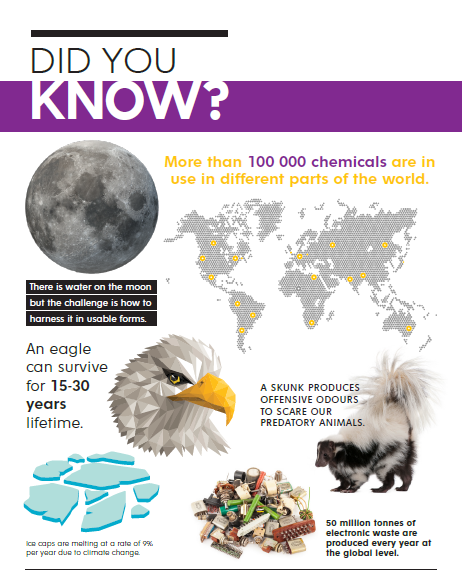Scientists estimate that about 2.01 billion metric tons of municipal solid waste (MSW) is generated globally. According to the World Bank, this figure is expected to grow to about 3.40 billion tonnes by 2050. Part of this waste is non-recyclable and can be converted to energy through Waste to Energy (WTE) conversion technologies. These technologies provide a mechanism of establishing a circular economy. The term “circular economy” (CE) expresses a new concept that focuses on maintaining the value of products, materials and resources in the economy for as long as possible, thereby minimizing waste generation (European Commission, 2015). The concept of CE reduces the demand for raw materials. The circular economy aims to correct the misguided means of production depicted by the linear economy. The linear economy is based on “take, make and dispose” philosophy.
Linear Economy

Circular economy

The circular economy can be clearly demonstrated by Waste-to-Energy technologies. The process of converting waste to energy involves using modern biological and combustion technologies to recover energy from waste. On average, Zimbabwe is estimated to generate about 1.65 million tonnes of waste in a year in urban areas. Greener technologies involving waste to energy conversion are a positive step for Zimbabwe towards achieving its sustainable development objectives and establishing circularity. Sustainable waste management, energy efficiency and clean energy supply are becoming an imperative and Zimbabwe needs to implement WTE technologies to address these aspirations.
There is a growing need to develop public policies to encourage and support WTE projects. The traditional method of disposing waste at landfill sites is unsustainable and uses up land, contributes to environmental degradation and leads to increased generation of greenhouse gases which contributes to climate change. Waste to energy conversion technologies provide a highly valued source of renewable energy. The greatest benefit of WTE today comes from converting waste into ash, reducing by up to 90 percent the volume of waste going to landfills. Most of this ash can then be used in road construction projects.
Small and medium sized enterprises (SMEs) can use Anaerobic Digestion (AD) to convert waste to energy (WTE). Anaerobic digesters can be developed for energy and thermal energy recovery using briquetting technology. The following initiatives can be developed by various sectors in the economy to adopt Waste to Energy conversion and reduce demand on the national grid in turn reduce Green House Gas (GHG) emissions from the use of fossils fuels to generate electricity. The promotion of energy generation from solid waste by building anaerobic digester facilities to waste recycling centres and institutions requires scaling up. In addition, the use of sawdust for cogeneration of energy and firing of boilers remains a viable option.

Source: EcoMENA
WTE is an effective means for sustainable waste management and can be used as an effective supplement to fossil fuel-based power sources. This circular economy based model can generate revenue for municipalities and governments while also reducing landfill requirements in urban environments and generating renewable energy. There are several waste to energy pathways that the industrial sector can adopt to produce electricity, gas for fuel, ethanol, heavy oil and biogas. The following model illustrates the pathways for waste to energy conversion:
Waste to energy facilities are a sustainable model to build mega cities and promote Sustainable Development Goals 7 and 13 on Ensuring access to clean and reliable energy for all and Climate Action!




